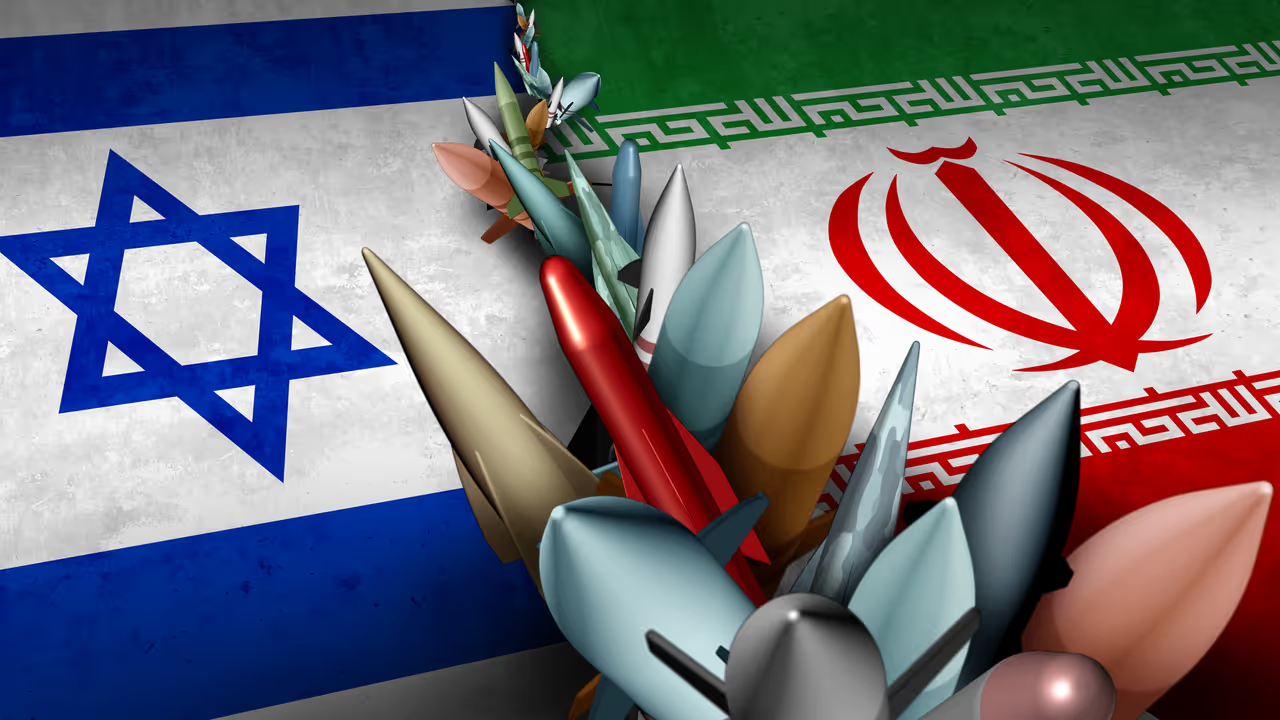Israel vs Iran military faceoff enters Day 5: While Iran holds numerical strength, Israel dominates with advanced technology in air, missile defence, and ground combat.
New Delhi: The Israel-Iran conflict has now entered its fifth day, with both nations launching relentless airstrikes on each other’s military and civilian infrastructure — leaving hundreds dead on both sides.

Civilians in Israel and Iran continue to endure near-daily barrages of missiles and drone attacks as the conflict escalates. While the Shanghai Cooperation Organisation (SCO) has condemned Israel’s strikes on Iran, the G7 has thrown its weight behind Tel Aviv, branding Iran as “the principal source of regional instability and terror.”
As tensions soar and military operations intensify, Asianet News English takes a closer look at the strengths and weaknesses of both countries — comparing their air power, missile and air defence systems, naval strength, and nuclear capabilities based on open-source intelligence.
Air Power: Technology vs Numbers
Decades of international sanctions have left Iran’s air force technologically outdated. With a fleet of around 550 aircraft, including 186 fighter jets, much of its air power relies on aging platforms like the US-made F-4s, F-5s, and F-14s, all acquired before the 1979 Islamic Revolution. It also operates a limited number of Russian-built MiG-29s and Sukhoi-24s, but critically, Iran lacks any fifth-generation fighter jets.
As a result, Iran is significantly disadvantaged when it comes to air superiority, especially against a technologically advanced adversary like Israel.
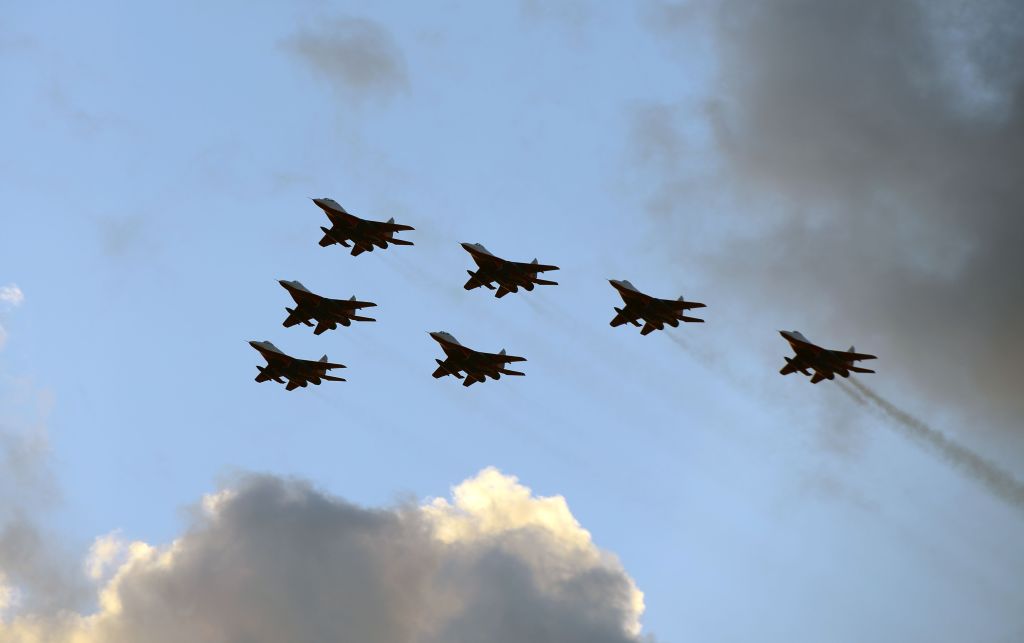
In contrast, Israel boasts one of the world’s most advanced air forces, with over 600 stealth aircraft. This includes 39 F-35I ‘Adir’ fifth-generation fighters, 75 F-15s, and 196 F-16s, along with 43 Apache attack helicopters and cutting-edge drones such as the IAI Heron 1.
Israel’s air dominance is further bolstered by extensive US military aid, superior avionics, radar systems, and precision-guided weapons, ensuring a level of operational effectiveness that far surpasses Iran’s capabilities.

Missile Arsenal and Air Defence: Quantity vs Precision
When it comes to missile capabilities, Iran holds a clear advantage in quantity and range. Tehran possesses over 3,500 surface-to-surface missiles, making it home to the largest and most diverse ballistic missile arsenal in the Middle East. Its inventory includes the Shahab-3 (over 800 miles), Sejjil, Ghadr, Emad, and Khorramshahr (up to 1,240 miles).
Iran has also entered the hypersonic race with missiles like the Fattah-1 (1,400 km range, Mach 13–15) and the upgraded Fattah-2, boosting its long-range strike capabilities.
For air defence, Iran fields a mix of imported and indigenous systems — from Russian S-300s to domestically developed platforms like Bavar-373, Azarakhsh, Sayyad, and Raad, along with older systems such as the S-200, MIM-23 Hawk, and Tor-M1.
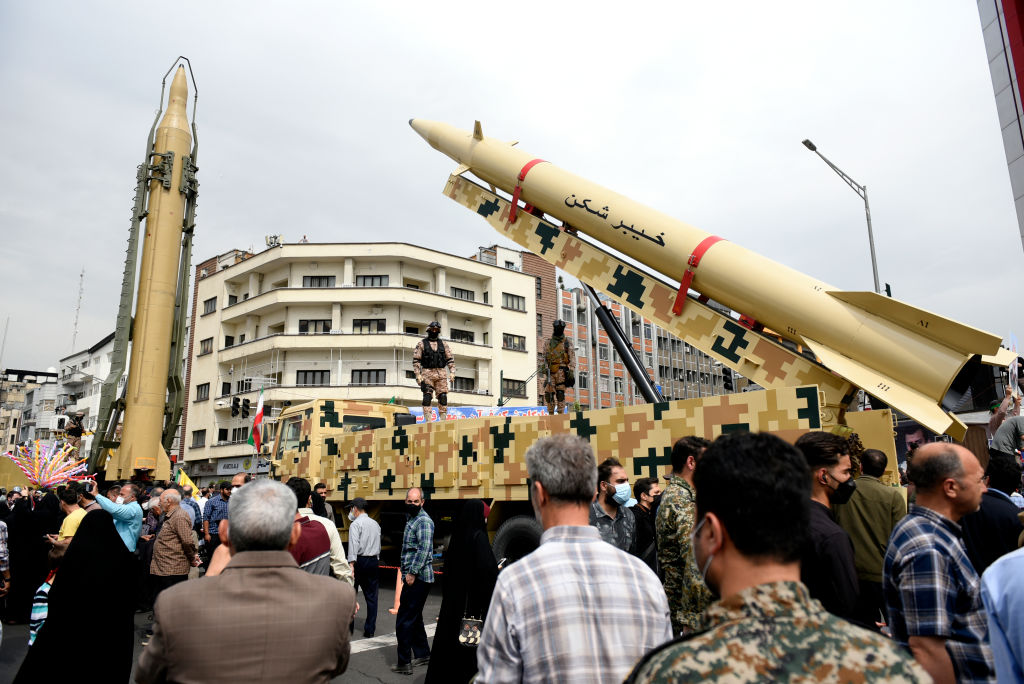
In contrast, Israel maintains a smaller missile stockpile but with significantly higher accuracy and sophistication. Its arsenal includes the Jericho-2 (930 miles), Jericho-3 (4,800–6,500 km), LORA (174 miles), and Delilah cruise missiles (155 miles), designed for high-precision strikes.
Israel’s real strength lies in its multi-layered air defence network, considered one of the most advanced in the world. This includes the Iron Dome (for short-range threats), David’s Sling (mid-range, 40–300 km), and the Arrow-2 and Arrow-3 systems, capable of intercepting long-range ballistic missiles, including in exo-atmospheric conditions.
These systems are deeply integrated with US-made interceptors and radar networks, giving Israel a decisive technological edge in defensive warfare.
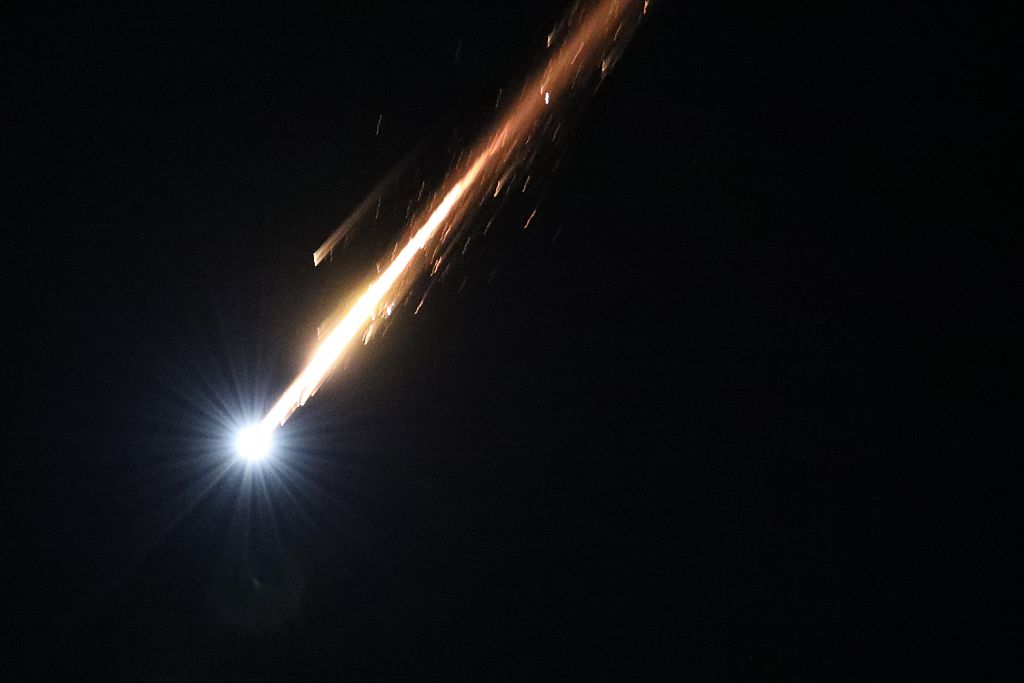
Ground Forces: Mass vs Modernisation
On paper, Iran holds a significant numerical advantage in ground forces. It operates over 10,500 battle tanks, including Zulfiqar, T-72, T-54/55, Chieftain, and M-60A1 models, along with 6,798 artillery guns and 640 armoured personnel carriers (APCs).
However, most of these platforms are decades old and technologically obsolete, a result of long-standing international sanctions that have severely limited Iran’s ability to modernize its ground forces. The country is therefore forced to rely on volume rather than capability.
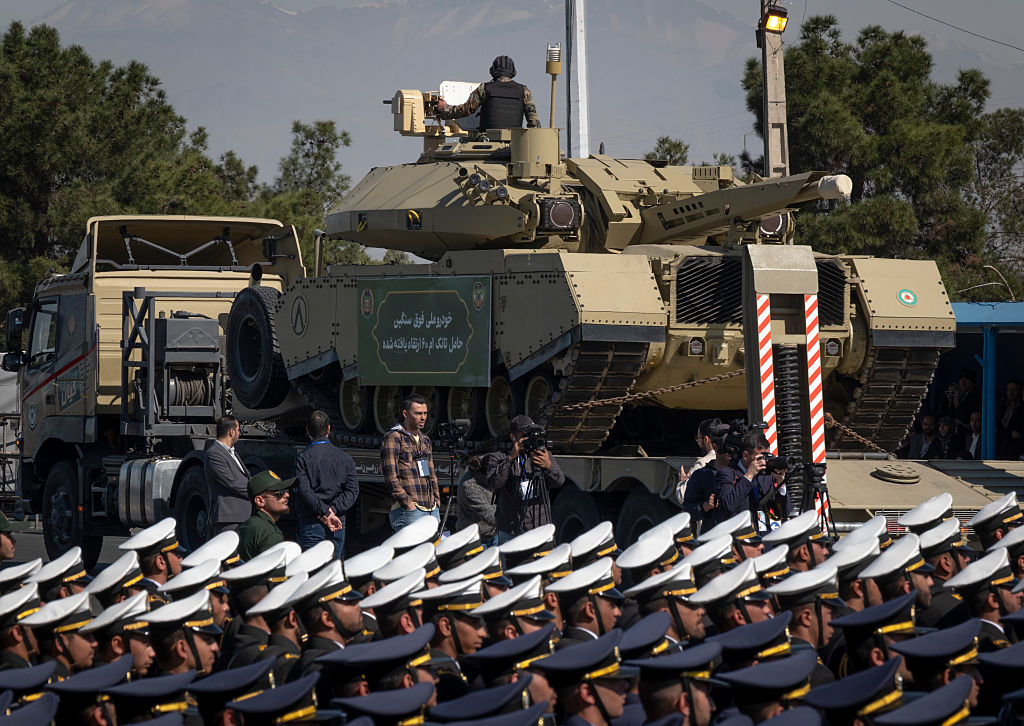
In stark contrast, Israel’s ground forces are fewer but far more advanced and combat-proven. The Israeli military maintains about 400 tanks, primarily the Merkava series (Mk I–IV), known for their superior armour, active protection systems, and advanced fire-control technology.
Israel also operates 530 artillery units and over 1,190 APCs, all regularly upgraded and field-tested. Backed by decades of real-world urban warfare and counterinsurgency operations, Israel’s ground forces are highly experienced, agile, and technologically superior despite being outnumbered.
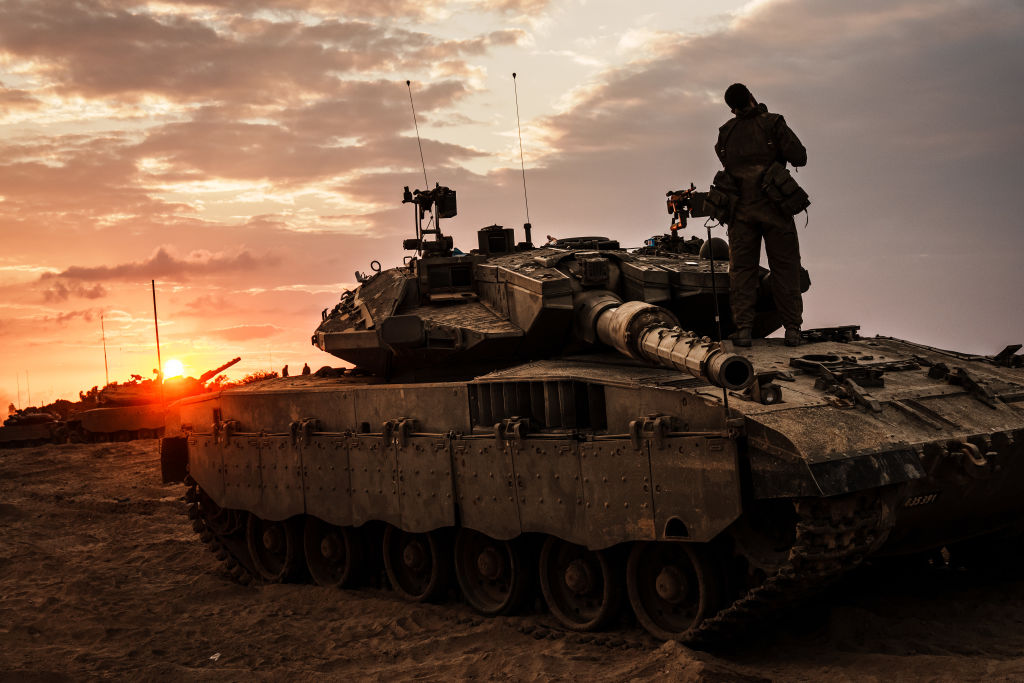
Naval Strength: Disruption vs Precision
Iran’s navy boasts a large and diverse fleet, designed primarily for asymmetric maritime warfare. It operates 23 submarines, including 3 Russian Kilo-class subs, 12 Ghadir-class midget submarines, and 8 swimmer delivery vehicles. In addition, Iran fields 6 corvettes, 13 patrol craft, 4 patrol boats, 21 semi-submersible boats, and over 100 fast patrol vessels.
Iran’s naval doctrine focuses on disrupting maritime traffic in strategic chokepoints, especially the Persian Gulf and Strait of Hormuz, leveraging anti-ship missiles, swarm tactics, and speedboats to threaten larger conventional navies.
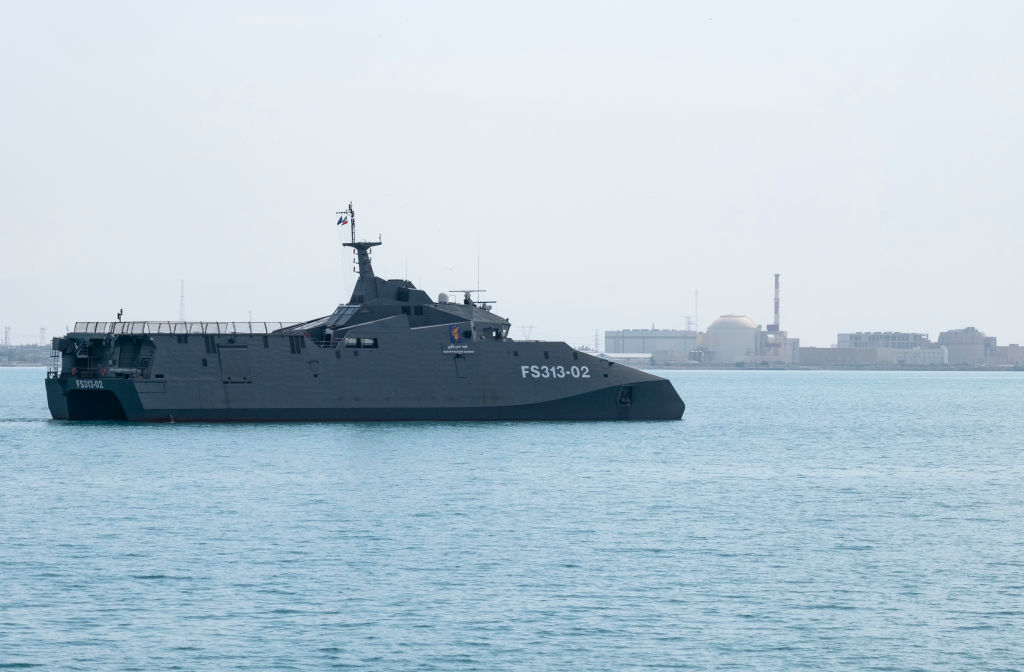
By contrast, Israel’s navy is smaller but highly advanced and strategic in its operations. It maintains 3 Dolphin-class submarines—widely believed to be nuclear-capable, enabling second-strike deterrence—alongside 3 corvettes and 57 patrol and coastal combat ships.
Israel prioritizes precision operations and coastal defence, enhanced by cutting-edge naval tech, real-time surveillance, and deep strategic coordination with the US Navy. While limited in size, the Israeli Navy is built for high-impact, technology-driven warfare.
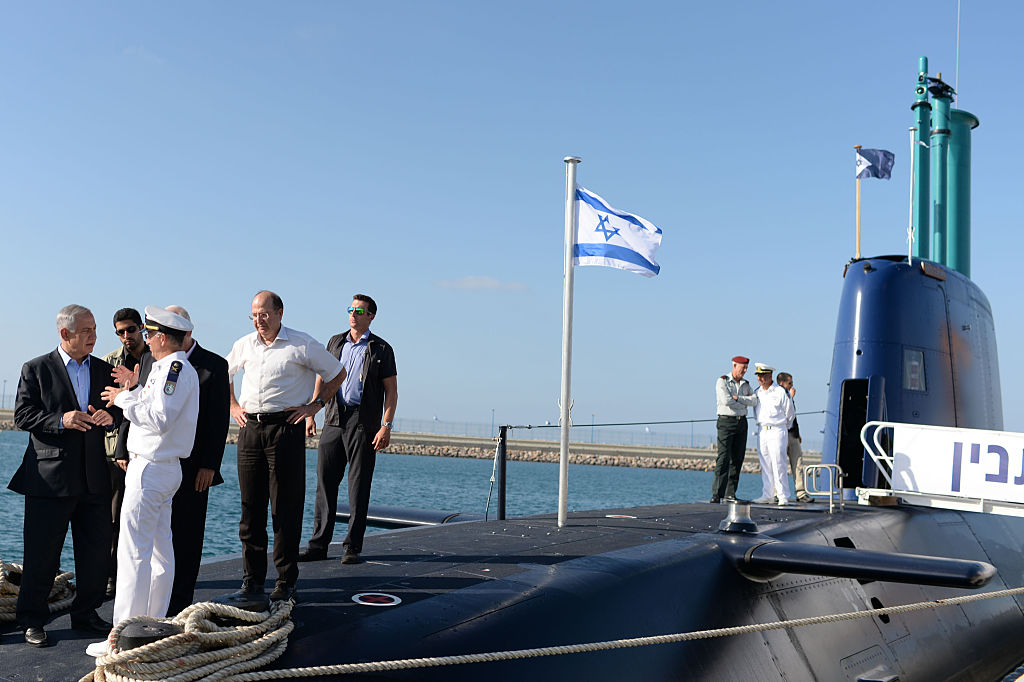
Nuclear Capabilities and Strategic Edge
As of now, Iran does not possess nuclear weapons, but its nuclear programme remains active and highly advanced. Although Iran had officially banned nuclear weapon production in the 2000s, recent threats to its national security have prompted Tehran to hint at revising its nuclear doctrine, raising international concerns.
In contrast, Israel maintains strategic ambiguity over its nuclear arsenal, but according to the Stockholm International Peace Research Institute (SIPRI), the country possesses approximately 90 nuclear warheads, providing it with a formidable deterrent capability.
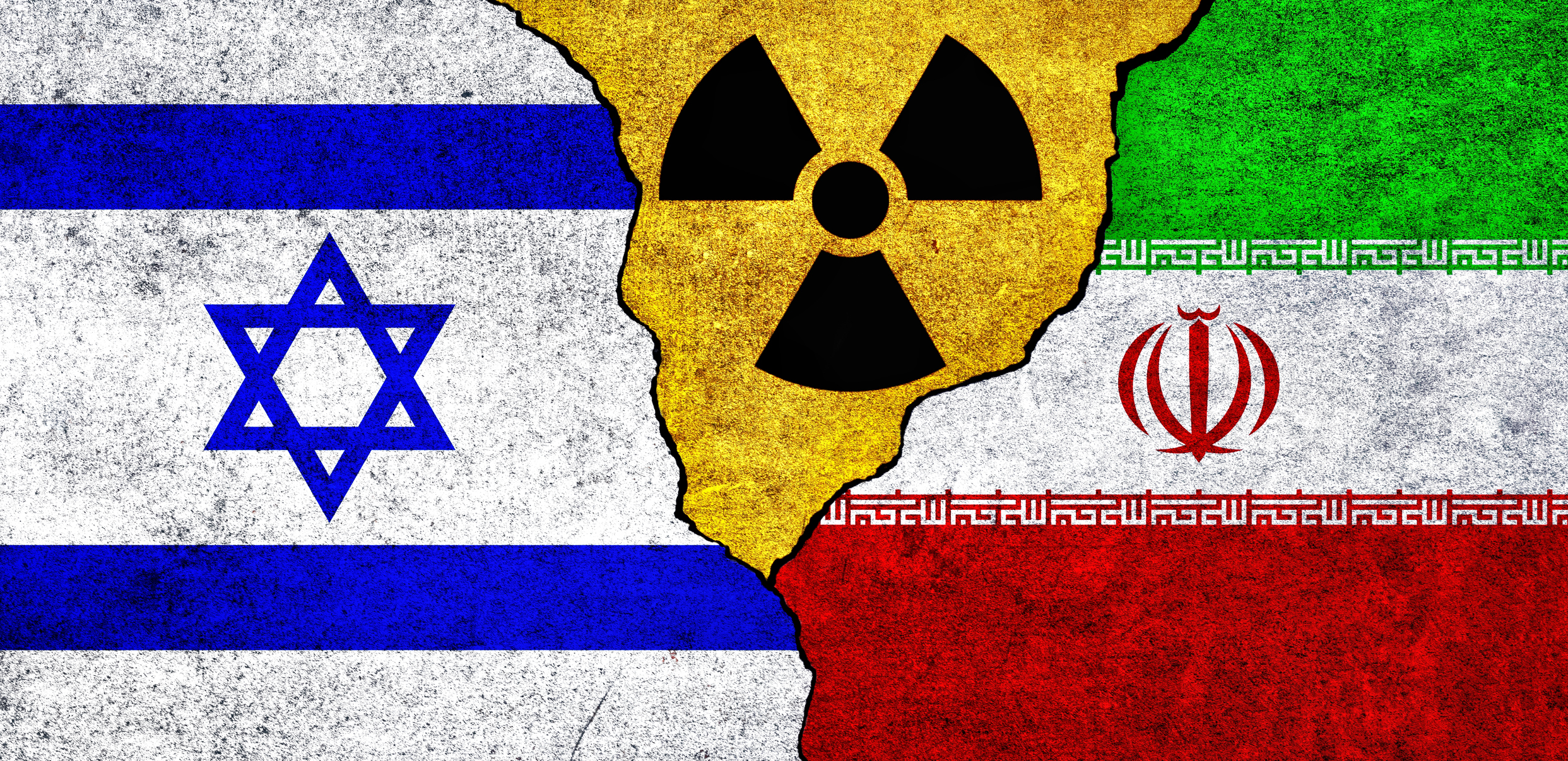
Will Israel-Iran Conflict Boil Down To Quantity vs Quality?
Our comparative analysis reveals a clear pattern: Iran holds the numerical edge—with a larger inventory of missiles, tanks, and naval vessels—but much of its arsenal suffers from technological obsolescence due to decades of sanctions and limited access to cutting-edge defence systems.
Israel, on the other hand, dominates in quality. Backed by US military aid, advanced aerospace and defence technology, and battle-hardened troops, Israel enjoys a decisive advantage in air power, missile defence, ground combat readiness, and nuclear deterrence.
The balance of power, therefore, tilts firmly in Israel’s favour when it comes to modern warfare capabilities.
